Visit to Admiralty House: One of London's Historic Landmarks
It’s a shame that some of the most historic and architecturally significant buildings in London are closed to members of the public. One of them is Admiralty House, a building next to Horse Guards Parade on Whitehall. I have been curious about this building for many years. Every time I walk around Parliament Square and Whitehall I always think of three or four of my friends who could make an arrangement for me to visit this building. But I simply didn’t bother to ask anyone. Unexpectedly, last summer one of my friends phoned to ask if I was interested in visiting some of the government buildings that are closed to the general public. Of course, I answered ‘yes’ without any hesitation.
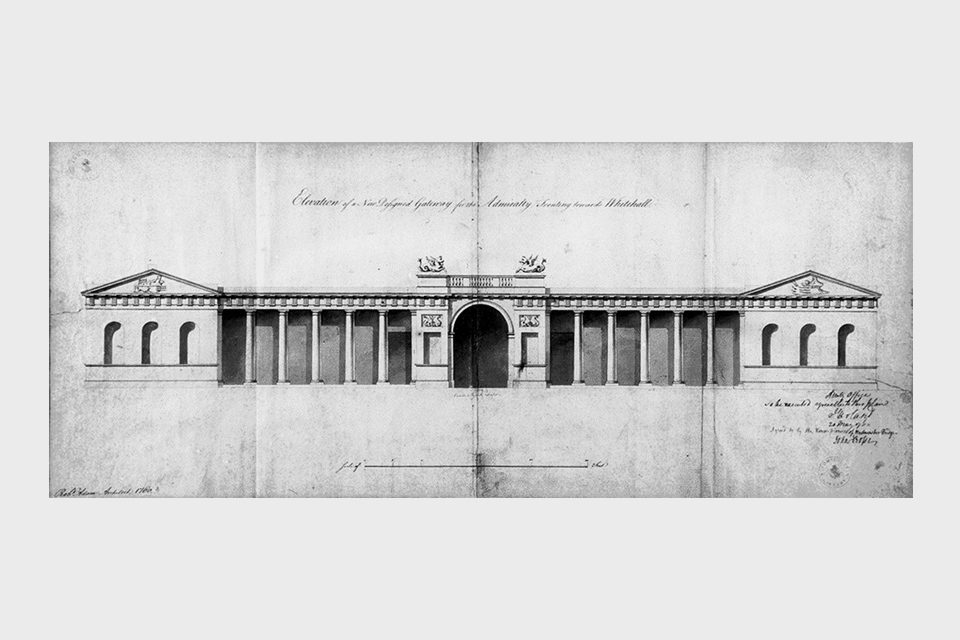
Admiralty House is a Grade I listed building built in 1785, and is now owned by the Cabinet Office who uses most of the rooms for meetings and conferences. It forms part of the large Admiralty complex, and stands on the northern edge of Horse Guards Parade. The site has been used by the Royal Navy since the beginning of the 17th-century when the first Duke of Buckingham and Lord High Admiral of England, George Villiers, constructed his Wallingford House on this location. In 1694 his building was damaged by fire, and Sir Christopher Wren re-built a new building to replace it. The living quarters of Admiralty House were added in 1786 to accommodate the First Lord of the Admiralty, a post which has been held by Winston Churchill amongst others, but its lack of meeting space led to its demolition in 1722. The building we see today was designed by Thomas Ripley, with further work by Robert Adam in 1759. In 1964 the newly elected Labour government decided to merge the Board of Admiralty with the Air Ministry and War Office and created a new department called the Ministry of Defence, which now occupies a much larger premises of Whitehall on the side of Thames River. As photography was strictly prohibited I found some pictures of the building when the Queen and the Duke of Edinburgh visited Admiralty House back in 2011.
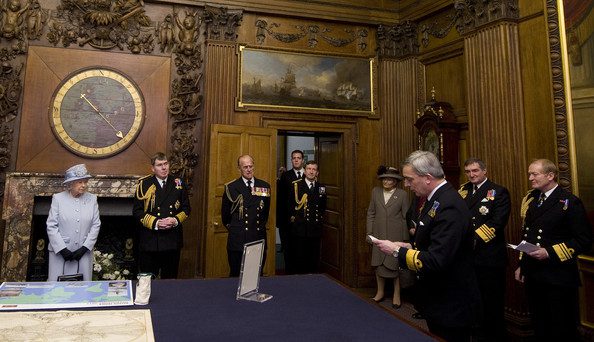
The naval instruments wood carving surrounding the clock is by Grinling Gibbons — they form part of the pieces rescued from the earlier building that was damaged by fire. The sextant (an instrument with a graduated arc of 60° and a sighting mechanism, used for measuring the angular distances between objects and especially for taking altitudes in navigation and surveying) is so detailed, can be removed from the wall, and articulated. There is also a Masonic symbol which gives a hint of Masonic influence at the heart of the British Government. There is also a wind clock that is connected to the weather vane on the roof of the building. The arrow in the centre of the dial moved to show the naval officers which way the wind was blowing.
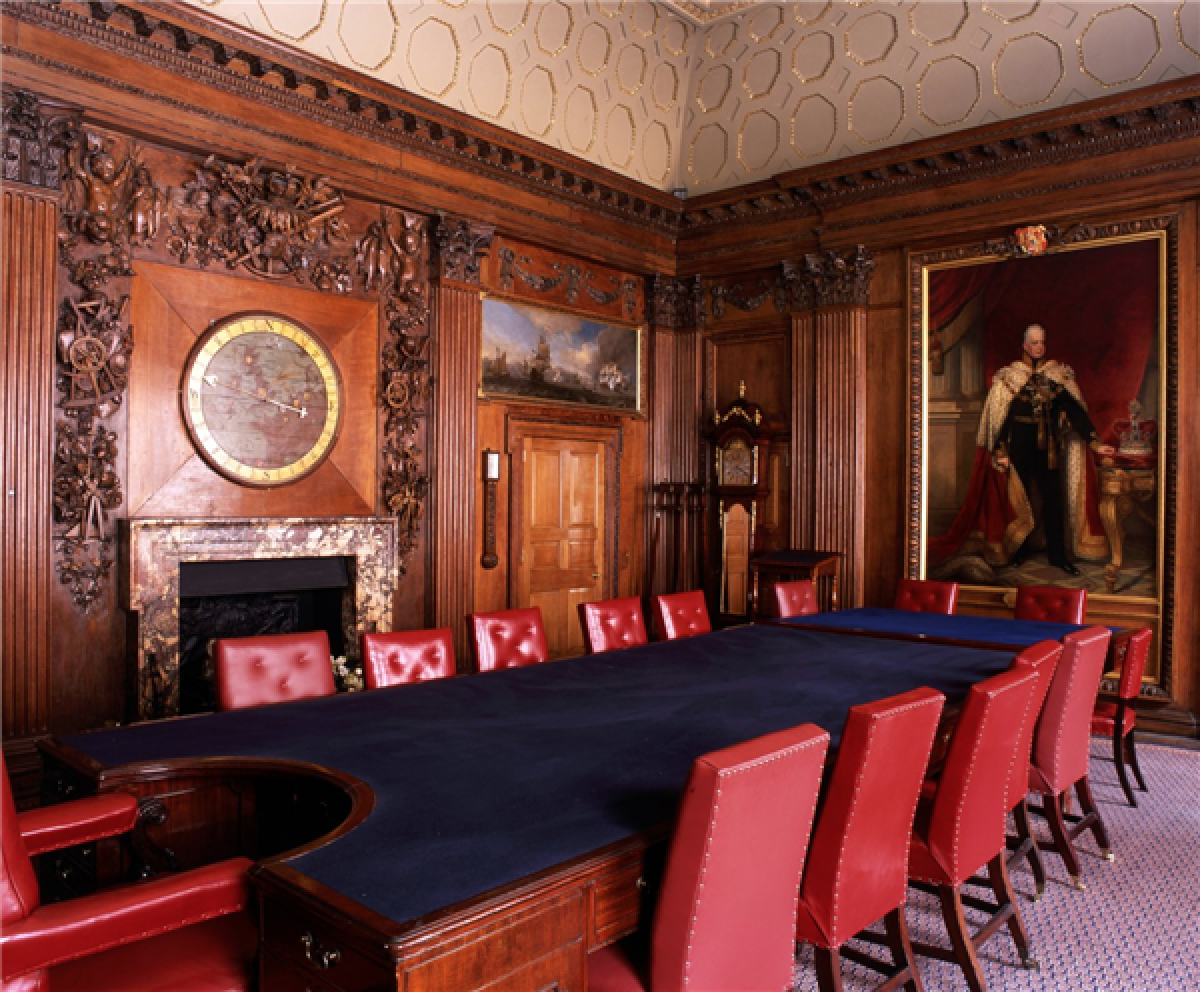 All the rooms in the Admiralty House are filled with naval-themed art and antiques that belong to the Ministry of Defence Art Collection. The most captivating part for me was the decorative chimney, made from stone and terracotta, in the main hallway designed to look like a rostral column.
All the rooms in the Admiralty House are filled with naval-themed art and antiques that belong to the Ministry of Defence Art Collection. The most captivating part for me was the decorative chimney, made from stone and terracotta, in the main hallway designed to look like a rostral column.
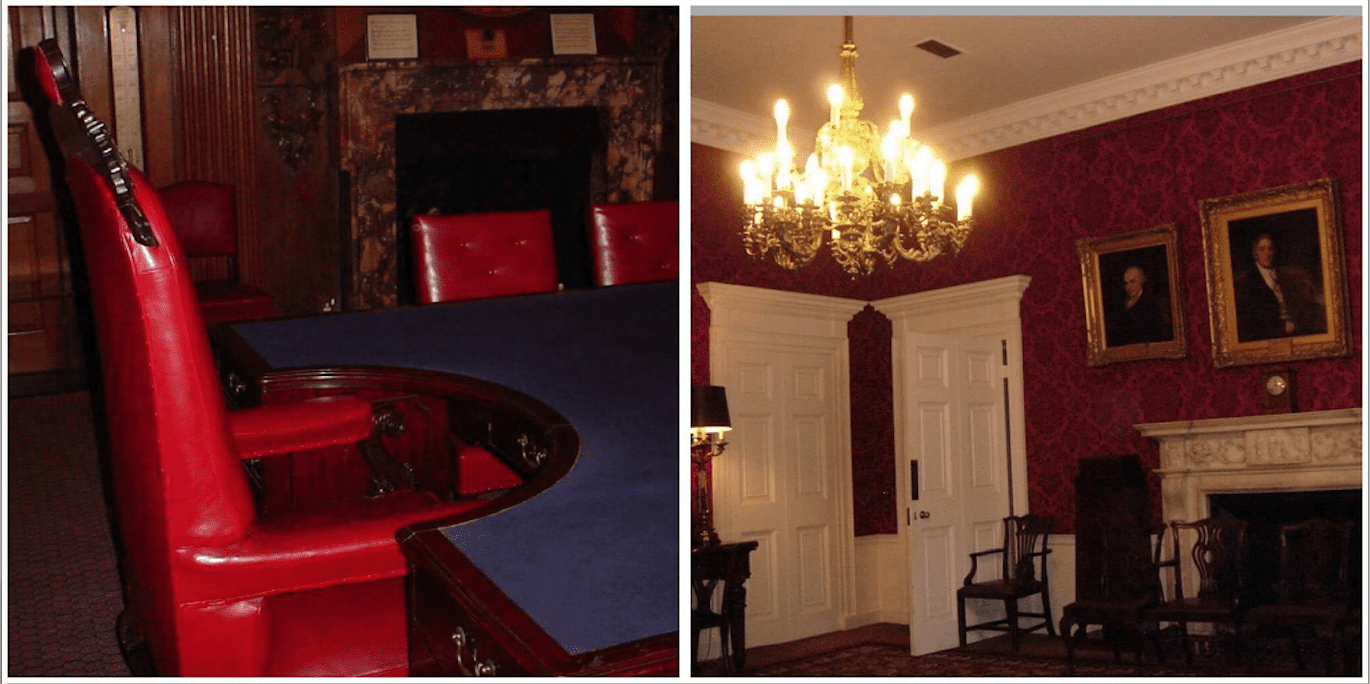 For over two centuries Admiralty House has become the centre stage for some of Britain’s greatest leaders, and the setting for some of United Kingdom’s greatest triumphs. It was in this building that the news of Trafalgar first reached England, and it was also here in 1806 that Lord Nelson’s body lay in state before his funeral at St. Paul’s Cathedral.
For over two centuries Admiralty House has become the centre stage for some of Britain’s greatest leaders, and the setting for some of United Kingdom’s greatest triumphs. It was in this building that the news of Trafalgar first reached England, and it was also here in 1806 that Lord Nelson’s body lay in state before his funeral at St. Paul’s Cathedral.
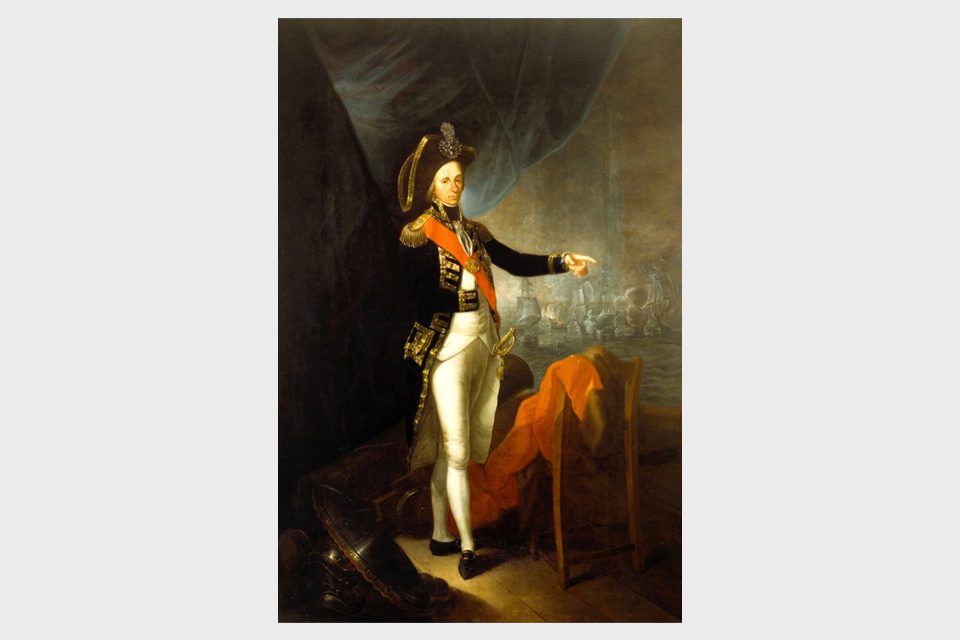
It was also at Admiralty House that Winston Churchill returned in 1939 — he was First Lord of the Admiralty almost a quarter of a century before. Churchill’s arrival to command the Second World War was announced by a signal from the Admiralty Office to all British ships that simply said: “Winston is back”. And it was also here during the second World War that Ian Fleming collaborated with the code breakers of Bletchley Park whilst creating some of the most ingenious strategy to win the war against Germany. There’s many other significant events that transpired at Admiralty House that made this building one of the most historic in the country. It was such a great privilege to be able to tour the building, and I just wish that the government would open it to the public even only for a few days each month.
(Featured image and board room of Admiralty House: www.gov.uk)